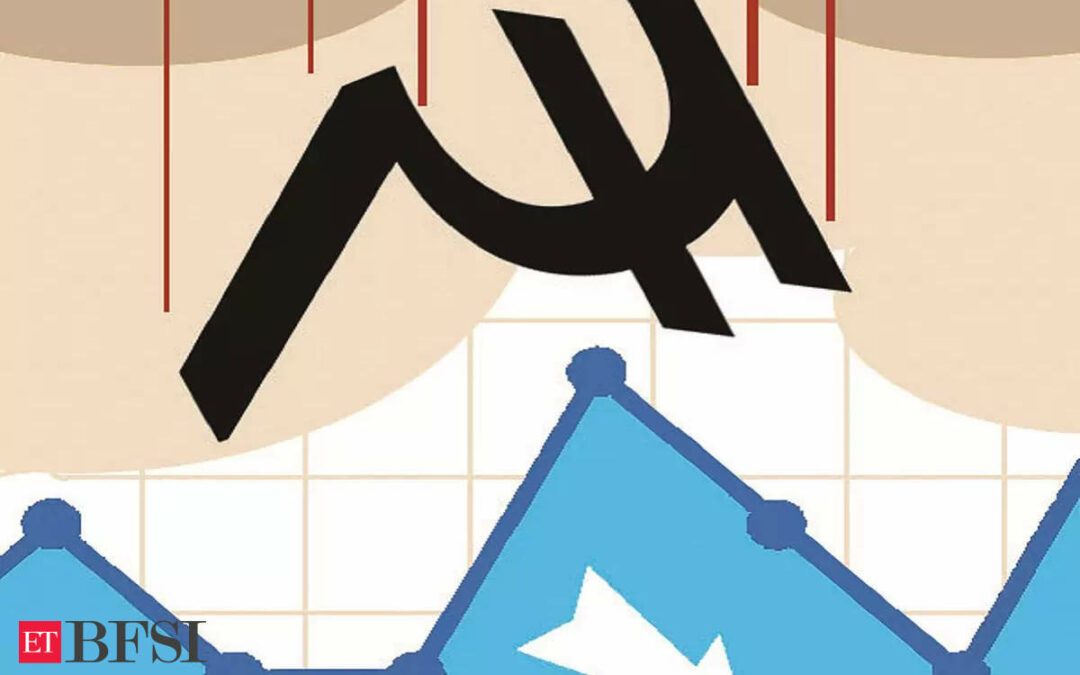The Indian rupee snapped a nine-day winning streak on Tuesday, pressured by a broadly stronger dollar and a risk-off in regional markets amid high inflationary pressures continuing to cloud the interest rate outlook.
The rupee ended at 82.07 to the U.S. dollar compared with its previous close at 82.88.
The currency fell 0.2% on the day, marking its worst single-day fall since Sept. 25.
The rupee will see some hurdle to rise substantially above 82.85 and largely be a range play of 82.85 to 83.20, at least in the near term, said Anil Bhansali, head of treasury at Finrex Treasury Advisors.
The rupee’s decline came alongside that of its Asian peers. The onshore Chinese yuan dropped to 7.2088 to the dollar, the lowest in almost two months, while the Korean won fell 0.9% to the lowest since the first week of November.
European Central Bank policymakers on Monday said it was too early to discuss cutting interest rates because inflation remained high.
Asian equities were mostly lower, while European equities extended Monday’s declines. India’s share markets both ended down around 0.3% each.
The dollar index climbed 0.4% to 103.13, reaching a one-month high.
Investors will continue to gauge clues on the U.S. Federal Reserve’s interest rate trajectory.
Fed Governor Christopher Waller’s speech, due later in the day, will be in focus for near-term clues.
His late November comments had further convinced investors that the Fed will pivot toward rate cuts, stoking a rally in equities and bonds.
“We presume today that he (Waller) will stick to that same core message of successful disinflation and will not want to get involved in the fine-tuning of discussing a 2024 easing cycle, but not starting in March,” ING Bank said in a note.
Investors expect the Fed to cut interest rates in nearly each of the successive meetings this year beginning March.











